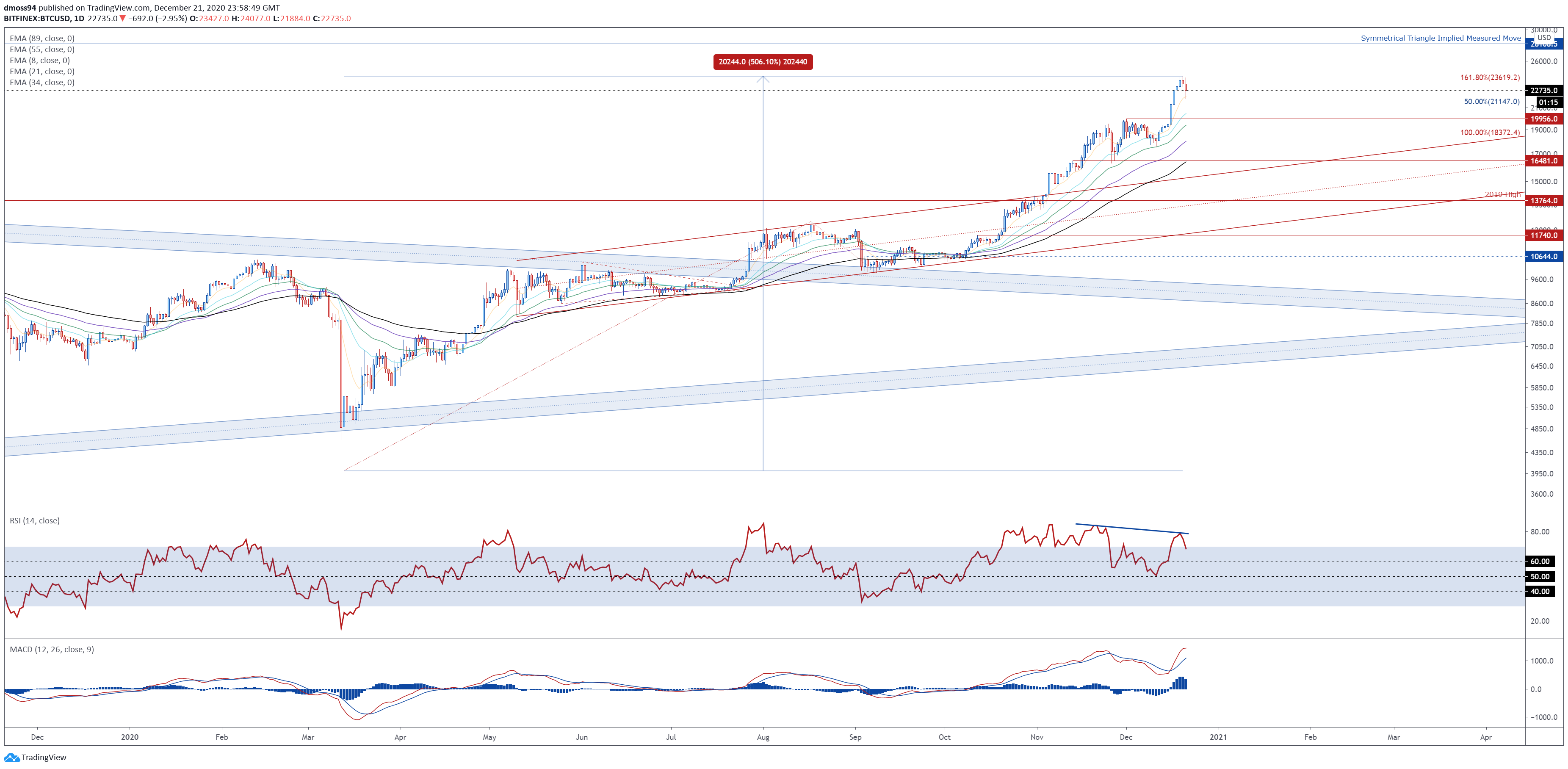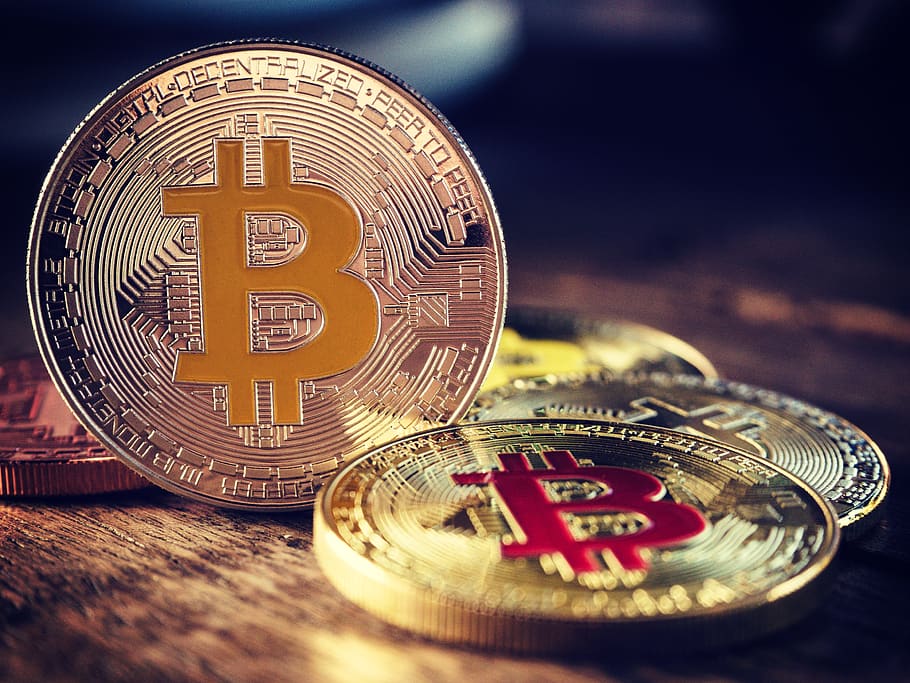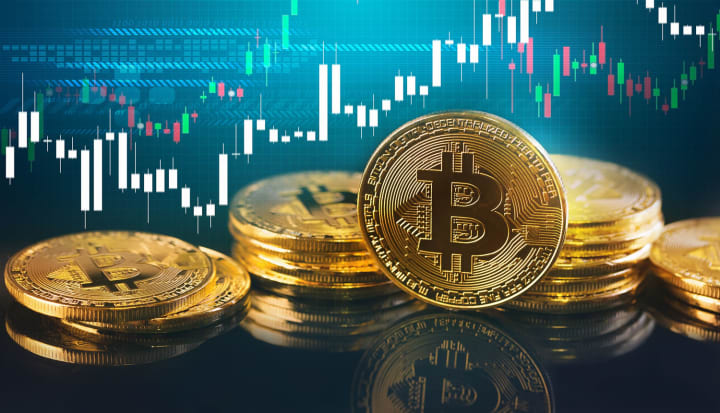When To Pull Out Of Bitcoin
- When To Pull Out Of Bitcoin Account
- When To Pull Out Of Bitcoin Exchanges
- Should I Pull Out Of Bitcoin
- When To Pull Out Of Bitcoin Wallet
- When To Pull Out Of Bitcoins
Business
This latest move is a smart way to pull sales from a demographic that is already sympathetic to him. Bitcoin fans are (once again) having their moment in the spotlight. Cryptocurrency hackers. Cryptocurrency exchange hacks account for the majority of Bitcoin lost. Miners Continue To Pull Out Of The Crypto Market As BTC Mining Become Increasingly More Loss Prone. Over the course of the past 3-4 years, Bitcoin mining has remained one of the most lucrative avenues for making money within the world of cryptocurrency (with mining entities, both big and small, having flourished all over the globe). However, it now appears as though the interest towards. “The best way to do so is to pull that money out in increments.” If you put money in the market and that position has accelerated, at least pull out what you put in so you can recoup your. September 18, 2019, 10:00 AM. Giving a shock to investors who wish for SEC approval to a bitcoin ETF, CBOE BZX Exchange withdrew its VanEck/SolidX bitcoin ETF proposal on Sep 13.
Cryptocurrency fans were thrilled after a major buy-in from Tesla sent Bitcoin prices soaring. DW's Kristie Pladson writes that the hype shows why the digital coin will struggle to be more than an investment tool.
People won't want to spend Bitcoin to buy a Tesla as long as the cryptocurrency's value keeps rising
Since Bitcoin began its price rally last autumn, smashing record after record, crypto experts and enthusiasts have been saying that the tide has turned. After years of volatility, the digital currency has been on a mostly upward slope. Last October, PayPal announced that it would start accepting the digital coin, and many have predicted that Bitcoin would start gaining the long-term stability and institutional backing needed to become a widely used currency.
What to do, then, with the fact that an endorsement from Tesla sent prices soaring some 15%?
The US electric car manufacturer led by Elon Musk, one of the richest people on Earth, announced earlier this week that it had invested $1.5 billion (€1.24 billion) — 10% of Tesla's cash reserves — in Bitcoin and that it expects to start accepting purchases made with the digital currency.
The move marks the biggest corporate purchase of Bitcoin ever and cryptofans are understandably hopeful. But it also highlights the rocky road Bitcoin faces in trying to transform from a punk rock investment tool into the necessarily boring currency that many have claimed it will become.
Musk leans on his reputation
Musk's interest in cryptocurrencies is no secret. He frequently writes about Bitcoin and other digital currencies on Twitter and is popular among the cryptocrowd. The bigger question is why Tesla as a company would put over a billion dollars into Bitcoin when there are so many squeaky wheels going without grease at home. Tesla's vehicle production still lags behind demand, with customers sometimes waiting months for orders to be filled. And little has been done to address worker complaints of low wages and poor working conditions. Why not throw some of that 1.5 billion their way?
DW's Kristie Pladson
One reason might be that Tesla's Bitcoin investment is less about dabbling in exciting investments and more about enhancing the core of its brand.
Tesla and Musk have a reputation for being on the cutting edge of technology. This latest move is a smart way to pull sales from a demographic that is already sympathetic to him. Bitcoin fans are (once again) having their moment in the spotlight. Perhaps Musk felt it was the ideal moment to capitalize on their good will towards him. Tesla accepting Bitcoin payments is bound to boost the company's future-forward image and attract at least a few self-identifying visionaries who will be more than happy to pay for the car of the future with the currency of the future.
There's also the investment aspect. Musk is aware that the cryptocurrency is sensitive. He knew Bitcoin prices were likely to spike when Tesla announced it would start accepting Bitcoin. Now add a $1.5 billion Bitcoin buy-in on top. The 15% jump that followed means Tesla has already made a quarter of a billion dollars from the venture.
A deflation sensation
As exciting as the Tesla-induced surge in the price of Bitcoin might be, we're again looking at the type of volatility that doesn't bode well for the future of Bitcoin as an actual means of payment.

Steadily rising prices make Bitcoin an attractive investment tool. As a means of payment, however, they represent something rather more problematic: deflation. In a report from news agency Reuters, one Bitcoin enthusiast said he regretted using Bitcoin to buy a Tesla in 2016. At the time, the customer paid $130,000 worth of Bitcoin for the vehicle using a Bitcoin payment gateway, a service that allows merchants to accept Bitcoin transactions via a middleman.
A tipping point for Bitcoin?
When To Pull Out Of Bitcoin Account
The $130,000 he spent on the car would have been worth over $14 million today. The 'novelty' of paying with Bitcoin wasn't enough to make up for the lost value, he said.
When To Pull Out Of Bitcoin Exchanges
If I snapped my fingers and suddenly the whole world was using Bitcoin, we would immediately face massive deflation, as people choose to hold on to the currency rather than spend it, driving down prices. For now, it's too good an investment tool to be a useful currency. Ironically, Tesla's move is only reenforcing that fact, at least in the short term.
Should I Pull Out Of Bitcoin
Tesla's Bitcoin endorsement will likely bolster confidence in the cryptocurrency and other companies are likely to follow suit. If they don't invest themselves, they're still likely to move towards accepting Bitcoin as payment, out of fear of leaving money on the table.
As more institutions hop on board, there is every reason to believe Bitcoin's value will continue to rise. And with the prospect of everyone else spending it, no one will.
Audios and videos on the topic
© Kiersten Essenpreis for Money Gold-Bitcoin-panning-Jackpot-bettingBitcoin hit another all-time high this week and everyday investors have been quickly winning (and losing) fortunes on stocks like GameStop and the meme-turned-cryptocurrency Dogecoin. These buys are risky, especially if you don’t know when to fold and walk away from the table.
The fear of missing out (FOMO) may have you wanting in on these investments, but it also keeps traders from getting out when they should. Say you hit the jackpot on $100 worth of Bitcoin you bought in 2011 and you’re sitting on more than $1 million. That’s likely more money than you’ve ever had, but what if you could have … $2 million. Sometimes taking a huge gamble works out; Mark Zuckerberg could have sold Facebook to Yahoo for $1 billion, but he didn’t and now he’s one of the richest people in the world. But we’re not all Mark Zuckerbergs and just as fast as those returns can double, they can also disappear. GameStop, which was trading at $483 per share at its highest in late January, is now trading around $50.
So how do you balance the fear of selling now and potentially missing bigger returns, with making sound investing decisions?
© Provided by Money.com| Get Started |
|---|
| ADVERTISEMENT |
When To Pull Out Of Bitcoin Wallet

The psychology
If you’re a 100% rational human being, the answer may seem simple: you currently have more than you had when you started, so end the risk here and leave with your returns. But none of us are 100% rational, and the potential for your returns to skyrocket in a few weeks or months could, understandably, make it difficult for you to sell.
When an investor sees a gain in their trading account that they haven’t yet sold out of, they tend to take on more risk, says Dan Egan, managing director of behavioral finance and investing at robo-advisor Betterment. (If you actually sold those assets and saw the tax bomb, it may be a different story.)
And when investors start to see a loss, they’ll generally dig in to defend their positions, says Robert Frank, an economics professor at Cornell University.
“If someone goes to the racetrack and he’s behind going into the last race, he’s much more likely to bet on a long shot in the last race even though that’s not a smarter bet,” Frank says. “Betting on a long shot — if it wins — might enable him to avoid a loss.”
When someone has evidence they can make money this way once, they’ll wonder if they can do it again… and again… and again.
But novice investors need to ask themselves: am I actually good at trading, or am I just lucky? We hope for the former, but it’s best to plan for the latter.
© Provided by Money.com| Start Now |
|---|
| ADVERTISEMENT |
What you should do
For every investor we see in the news making lots of money, there are tons on the other side who have lost lots of money — and next time, it could be you.
“When you get a windfall like that, you want to take the risk off the table,” says Anjali Jariwala, a certified financial planner and founder of Fit Advisors. “The best way to do so is to pull that money out in increments.”
If you put money in the market and that position has accelerated, at least pull out what you put in so you can recoup your investment, she says. If it continues to jump, consider selling half, so you’ve made money but you can still wait to see if there is more to gain. Of course, if you’re more risk averse, selling out once you’ve seen that price jump might be the best move for you (quit while you’re ahead, as they say).
If you’re starting out with self-directed trading, split your money into a “get rich” pot and a “stay rich” pot, Egan says. The “get rich” pot is a small amount of your wealth where you can do your experimenting in trading, and the rest should be in more risk-managed vehicles, like target-date funds. As your “get rich” pot inches up, rebalance and bring it back down to where it started.

If you’re actually good at trading, you can make money this way. But the rebalancing protects you in case you just got lucky once and you’re not actually that skilled, Egan says.
Keep in mind that experts recommend not having more than 2% in riskier investments like Bitcoin — 5% at the most.


It’s also a good idea to make a plan before you start trading. If you buy a stock at $100, for example, tell yourself that if it ever hits $200, you’re going to get out or at least take half of your winnings out, Egan says. And if this is a hobby, treat it like a hobby. Set yourself a budget like you would for the skiing or the rock climbing gym.
Finally, if you are one of the lucky ones who makes a lot of money quickly, don’t change up your lifestyle. If you make $100,000, spend just $10,000 more that year, Egan says.
When To Pull Out Of Bitcoins
“Having to downgrade from a Bentley to an Audi feels really bad,” he adds. “It feels a lot worse than it felt good on the way up.”
Can’t relate, but the point is that losses feel dramatically worse than gains.
More from Money:
© Copyright 2020 Ad Practitioners, LLC. All Rights Reserved.
This article originally appeared on Money.com and may contain affiliate links for which Money receives compensation. Opinions expressed in this article are the author's alone, not those of a third-party entity, and have not been reviewed, approved, or otherwise endorsed. Offers may be subject to change without notice. For more information, read Money’s full disclaimer.